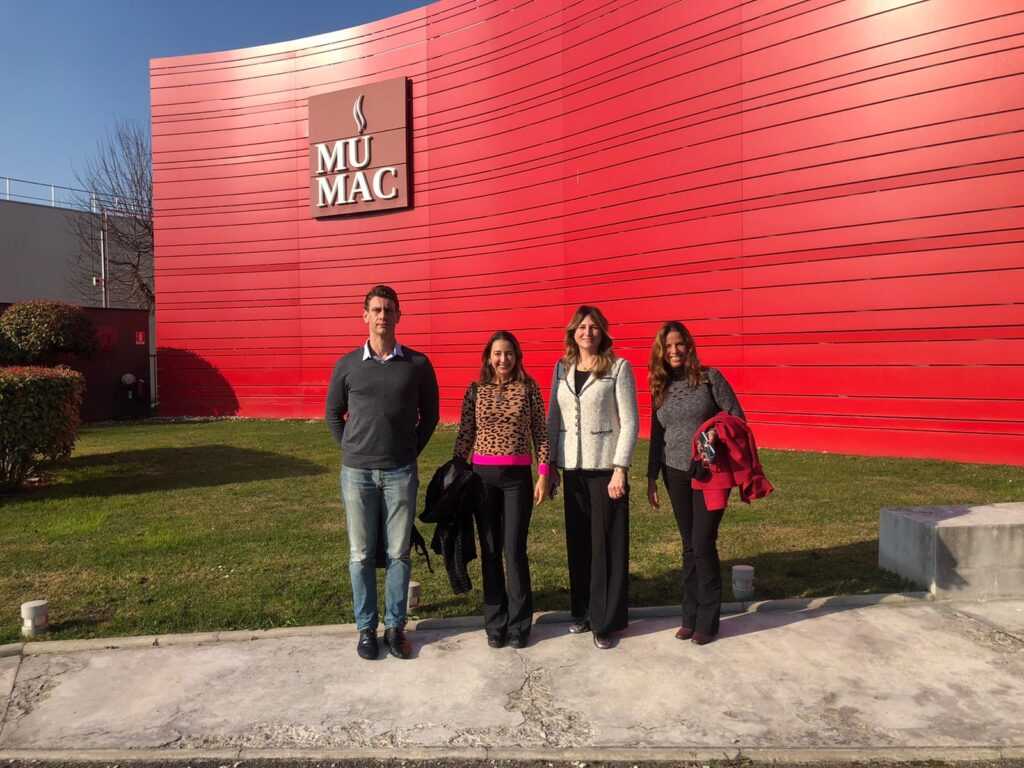MILAN – In the historic neighborhood of Santos, a municipality in the state of São Paulo, there is one of the largest coffee museums in the world: three floors of culture and education about the beverage, inside the historic building Bolsa de Café, or Palácio da Bolsa Oficial do Café, renovated to become the current museum center in 1998. To understand its evolution and its key role not only for Brazil, but internationally, we spoke to the coffee museum’s director Alessandra Almeida.
How did the idea of opening the Coffee Museum in the historic building of the Bolsa Oficial in Santos, the great coffee port of embarkation, come about?
“Until the end of the 1960s the Stock Exchange was closed and the building, with its very important and eclectic architecture, was falling into disrepair. So, various entities in the coffee sector got together: producers, industry, exporters, soluble coffee companies, to work with the regional government, urging the renovation of the building. This was completed between 1996 and 1997. The project was supported by the government of the State of São Paulo. Then all the other parties were able to form the body that supports the coffee museum: it all started in 1998. In the beginning, the museum was only on the ground floor of the building.
Now the museum is 24 years old. It is still quite young and occupies three floors. With time a much more consolidated activity has developed, which operates in different fields: a coffee training center area for professional promotion, an educational area which works a lot with schools and then a part dedicated to exhibitions. It is one of the biggest coffee museums in the world.”
What exhibitions can you visit inside the museum?
“Today, as a permanent exhibition, there is Coffee Heritage of Brazil, Science History and Art. Then there are two temporary exhibitions: Women of Coffee, a theme on which we have seen strong public interest over the last two years, and then another one that talks about the world of telecommunications and the evolution of the culture of the drink linked to the development of the media.”
And how has the education and training part been developed?
“We have a center that has an annual programme and holds courses and lessons for bartenders, but also for a more vulnerable public. Today we have opened a collaboration agreement with the Casa Foundation, which houses minors who have been released from prison and need to reintegrate into the world of work and society. We have a partnership with this institution to train and professionally rehabilitate them. The prospect is to expand the reach to more regions.”
What coffee do you drink in the in-house cafeteria?
“They are coffees from various regions of the country. The cafeteria offers a wide choice that can inspire consumers. These are coffees that have also won awards. There is a need to tell about them of course, not to drink the simple ‘espresso’.”
How can you visit the coffee museum also considered Covid?
“Now the visits in presence have resumed. There are of course restrictive security measures to be observed. But also on the Internet we have organized a virtual tour, to enter the museum site (at this link) and be able to wander through the permanent and temporary exhibitions.”
Do you have relations with other coffee museums?

“We have partnerships with other museums internationally and with small local authorities, as well as partnerships in other countries such as MUMAC in Binasco. It is a special place that we had the pleasure of visiting recently. The first collaboration with MUMAC was in 2015, for the “Design espresso” exhibition where they brought one of the machines from their collection.
And then other events that we plan to continue in the coming years. We aim to create a network of coffee museums around the world, so that we can bring together and share the content developed in each of these cultural centers. For example, we have formed an important partnership with the Dubai Coffee Museum, ‘Arab Coffee, Symbol of Generosity’. They donated some pieces to us which they integrated into the exhibition and which then became an integral part of our museum.”
The webinar


















